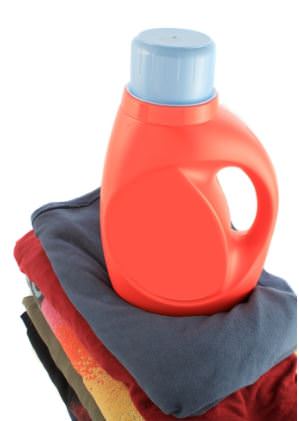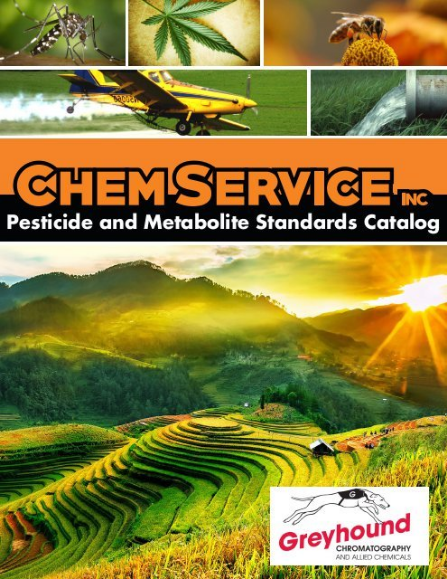Common Soaps and Detergents May Not be Harmful to the Environment
Soap and detergent are two of the most ubiquitous products used in everyday life. Children are taught to wash their hands before eating. Laundry soap is sold on the promise of cleaning clothes while keeping colours from fading. Dishwashing is a chore that often becomes a point of contention among roommates. Ultimately, it is hard to imagine going a day without using any these products or their chemical compounds.
However, once soap and detergent have served their purposes, they are immediately washed away and down the drain. For years, environmental scientists have been concerned about the impact of surfactants on the environment. Recently, one team of researchers from Aarhus University in Denmark reviewed more than 250 studies on the subject, and concluded that the surfactants of the most common soaps and detergents, once treated properly, pose minimal harm to the environment, as published in the journal Critical Reviews in Environmental Science.
Why is there worry over cleaning products?
According to the study authors, surfactants have a unique property that allow them to dissolve fat while acting soluble in water. The quantity of surfactants released into the environment alone is enough to cause concern over the effects of these chemical compounds.
"We humans use several million tons of surfactants a year on a global scale. It amounts to billions of kilos, so these are substances that you really don't want to release into the environment unless you're thoroughly familiar with them," Aarhus University senior researcher Hans Sanderson said in a statement.
The U.S. Environmental Protection Agency listed two main groups of surfactants: those that have positive environmental characteristics, and those that are of concern. Compounds in the former group biodegrade into compounds that have low toxicity. Linear alcohol ethoxylates or betaine esters are examples that fall into this category. Meanwhile, compounds that are of concern are toxic to aquatic life, persist in the environment and degrade into by products that are harmful. Examples include alkylphenol ethoxylates, which degrade into alkylphenols that can potentially disrupt the endocrine system.
Additionally, many of the cleaning products that contain these surfactants also contain phosphorus or phosphates, which can promote algae growth if they enter lakes, rivers and oceans. The algae eventually deplete the oxygen in the water and kill off aquatic life.
Vigilance still matters
After reviewing the studies within the scope of their investigation, the authors of the new study concluded that the surfactants in common soaps and detergents pose minimal risk to the environment as long as the wastewater has been properly treated.
"The substances are made so that they degrade rapidly and thus don't pose a risk to the environment," Sanderson said in a statement. "I can't think of any other substances released into the environment in such large amounts via everyday use by all of us. It's the most commonly used substances of all that go directly into the wastewater, so it's important to keep track of them and ensure that there are no unpleasant surprises in the treatment plants or in the environment."
The EPA has several tips for consumers to practice good environmental stewardship when it comes to buying and using soaps and detergents. The agency recommends using only the appropriate load-size settings on the washing machine, running washing machines and dishwaters only when they have full loads, and adding no more detergent than necessary.
When it comes to phosphorus, the EPA encourages consumers to choose only products that are phosphate free. According to the Washington Department of Ecology, 16 states in the U.S. passed laws that significantly restricted the amount of phosphorus allowed in dishwashing detergent. However, such policies are not uniform throughout the country, and do not affect the illegal importation of soaps with high levels of phosphorus. While treatment plants can remove some phosphorus from wastewater, a significant amount of it may be left behind.
Chem Service has over 2,000 Pesticide and Metabolite Reference Standards.
CONTACT US
Tel: +44 (0) 151 649 4000
Email: marketing@greyhoundchrom.com
FOLLOW US
YOU MAY ALSO BE INTERESTED IN OUR NEWSLETTER















